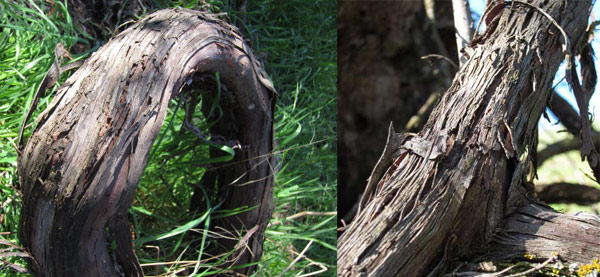Perhaps more than any other commercial vineyard property in California, Santa Margarita Ranch is steeped in Golden State history.
Indeed, our ranch belongs to a viticultural heritage that dates back to the very origins of California as a Spanish colony and, later, a Mexican territory.
This story begins in the 1780s with the arrival of Franciscan missionaries. Until then, the Santa Margarita region had been occupied exclusively by Native Americans. This region was prized by local tribes for its fertile terrain, abundant rainfall and prolific food sources. Needless to say, European colonization profoundly disrupted local tribal life, much as it would across the continent.
The ranch became a fixture on El Camino Real—the mission trail that connected California’s 21 missions. Here, the padres erected the “Asistencia,” a sub-mission of Mission San Luis Obispo de Tolosa to the south, and Mission San Miguel to the north. The stone and mortar walls of the original Asistencia still stand on the ranch today.
We know that the padres planted grapevines here, both for the sacrament and their regular diet. In fact, records show that one of the padres here was excommunicated for selling wine to the Russians!
Which brings us to a wild vine here on the ranch whose roots span at least three different centuries. This vine is located in a creekbed near the Asistencia, and it extends nearly 60 feet, looping and winding along the ground and up into the trees:

Here’s where the story takes some detective work. We have a photo from the 1880s showing a small vineyard adjacent to the Asistencia, and the trunks of the vines are quite thick—indicating that they’d been planted there decades before the photo was taken. We also have a photo of the adobe ranch house from the same period, showing a vine trellis that is still growing there today.
We had cuttings from the creekbed vine tested and compared with cuttings from the ranch house vine, and confirmed that they are the same species—so it’s safe to say that both originated from that old vineyard photographed in the 1880s. The question is: when exactly was that vineyard planted? Is it the original Mission vineyard from the late 1700s? It very well could be.
Regardless, we theorize that at some point, the vineyard was ripped out, with at least some of the vines tossed over into the adjacent creekbed, where one of them took root.
Therefore, at the very least, we’re looking at a wild vine that is more than 150 years old, reaching back all the way to the formative days of early California. Now that is what you would call an “old vine”—and it speaks to a ranch heritage that is wholly unique in the world of California wine.